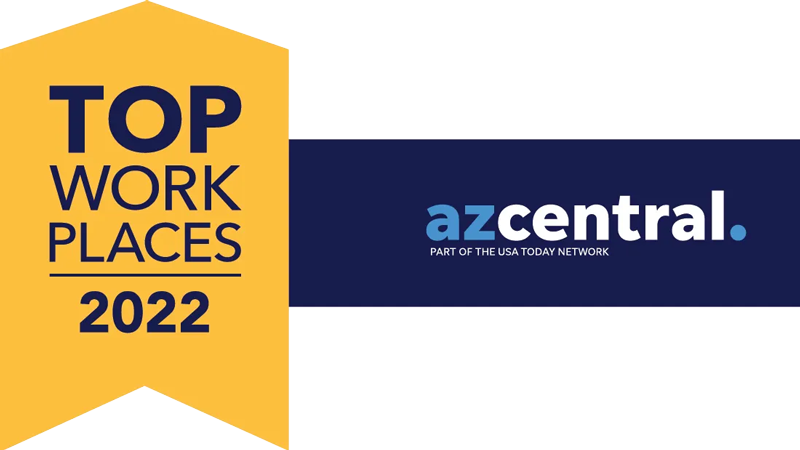In the digital landscape, having a well-designed and aesthetically pleasing website is not enough to guarantee success. To truly capitalize on your online presence, it is crucial to optimize your website for conversions. Conversion Rate Optimization (CRO) is the process of improving your website’s performance by increasing the percentage of visitors who take desired actions, such as making a purchase, signing up for a newsletter or submitting a form.
Conversion Rate Optimization involves analyzing user behavior, identifying areas of improvement, and implementing changes to enhance the overall user experience and increase conversions. By optimizing your website, you can turn more of your visitors into customers, in turn boosting your revenue and business growth.
Data Analysis: The Key to Success
Data analysis plays a pivotal role in CRO. It provides valuable insights into visitor behavior, enabling you to make informed decisions to enhance your website’s performance. Key metrics to consider when analyzing data include:
Conversion Rate: This metric indicates the percentage of visitors who complete a desired action on your website. It helps you understand the effectiveness of your current strategies and identify areas for improvement.
Bounce Rate: The bounce rate refers to the percentage of visitors who leave your website after viewing only one page. A high bounce rate indicates that visitors are not finding what they’re looking for or are encountering usability issues.
Average Session Duration: This metric measures how much time visitors spend on your website. A longer average session duration often indicates higher engagement and a greater likelihood of conversions.
Click-Through Rate (CTR): CTR measures the percentage of visitors who click on a specific element, such as a CTA or a link. Monitoring CTR helps you evaluate the effectiveness of your messaging and design elements.
Implementing Effective Call-to-Actions (CTAs)
A Call-to-Action (CTA) is a crucial element in driving conversions. It prompts visitors to take a specific action and guides them towards the desired goal. The text on your CTA should be concise, action-oriented, and clearly convey the benefit or value visitors will receive by taking the desired action.
CTAs should stand out visually, using contrasting colors, fonts, or buttons. Place them strategically, ensuring they are visible and easily accessible without overwhelming the page.
Creating a sense of urgency can encourage visitors to act promptly. Consider using phrases such as “Limited Time Offer” or “Act Now” to convey urgency and prompt immediate action.
Conduct A/B testing by comparing multiple versions of CTAs to determine which ones generate the highest conversion rates. Test different colors, text variations, button sizes, and placements to optimize your CTAs.
Harnessing the Power of A/B Testing
A/B testing, also known as split testing, is a powerful method to optimize website performance. It involves comparing two or more variations of a webpage to determine which version generates better results. Here’s how to effectively conduct A/B tests:
- Identify Test Objectives: Determine the specific element or area of your website you want to optimize. It could be the headline, CTA, layout, color scheme, or any other element impacting user experience and conversions.
- Create Variations: Develop multiple versions of the element you want to test, ensuring that only one variable differs between the versions. For example, test two different headlines while keeping all other elements constant.
- Test Sample Size: Ensure your sample size is large enough to yield statistically significant results. Testing on a small number of visitors may not provide reliable insights. Utilize testing tools to determine the appropriate sample size.
- Analyze and Implement: Measure the performance of each variation by tracking relevant metrics and determine the winning version. Implement the changes and continue testing to further optimize your website.
Other Strategies to Boost Website Performance
In addition to CRO, there are several other strategies that can contribute to improved website performance:
Streamline Navigation: Ensure your website’s navigation is intuitive and user-friendly. Visitors should be able to find the information they need quickly and effortlessly.
Improve Page Load Speed: Optimize your website’s loading time to minimize bounce rates. Compress images, minify code, and leverage caching techniques to enhance performance.
Mobile Optimization: With the increasing use of mobile devices, it is vital to have a responsive design that adapts seamlessly to different screen sizes. Mobile optimization enhances user experience and boosts conversions.
Enhance Visual Appeal: Invest in visually appealing design elements, high-quality images, and engaging videos to capture visitors’ attention and create a positive first impression.
Conversion Rate Optimization is a continuous process that requires analyzing data, optimizing CTAs, and conducting A/B testing. By focusing on improving your website’s performance, you can increase conversions, generate more leads, and ultimately grow your business. Remember to continuously monitor and analyze user behavior, implement best practices for CTAs, and leverage A/B testing to refine your strategies. By combining these efforts, you can enhance user experience, maximize conversions and achieve long-term success in the online marketplace.
If you’re looking for a digital marketing partner to assist your team with Conversion Rate Optimization, contact us today! Commit Agency is a full-service advertising agency located in the Phoenix, Ariz., metro area that believes thoughtfully designed consumer interactions informed by a well-defined brand create moments worth remembering and sharing.





















